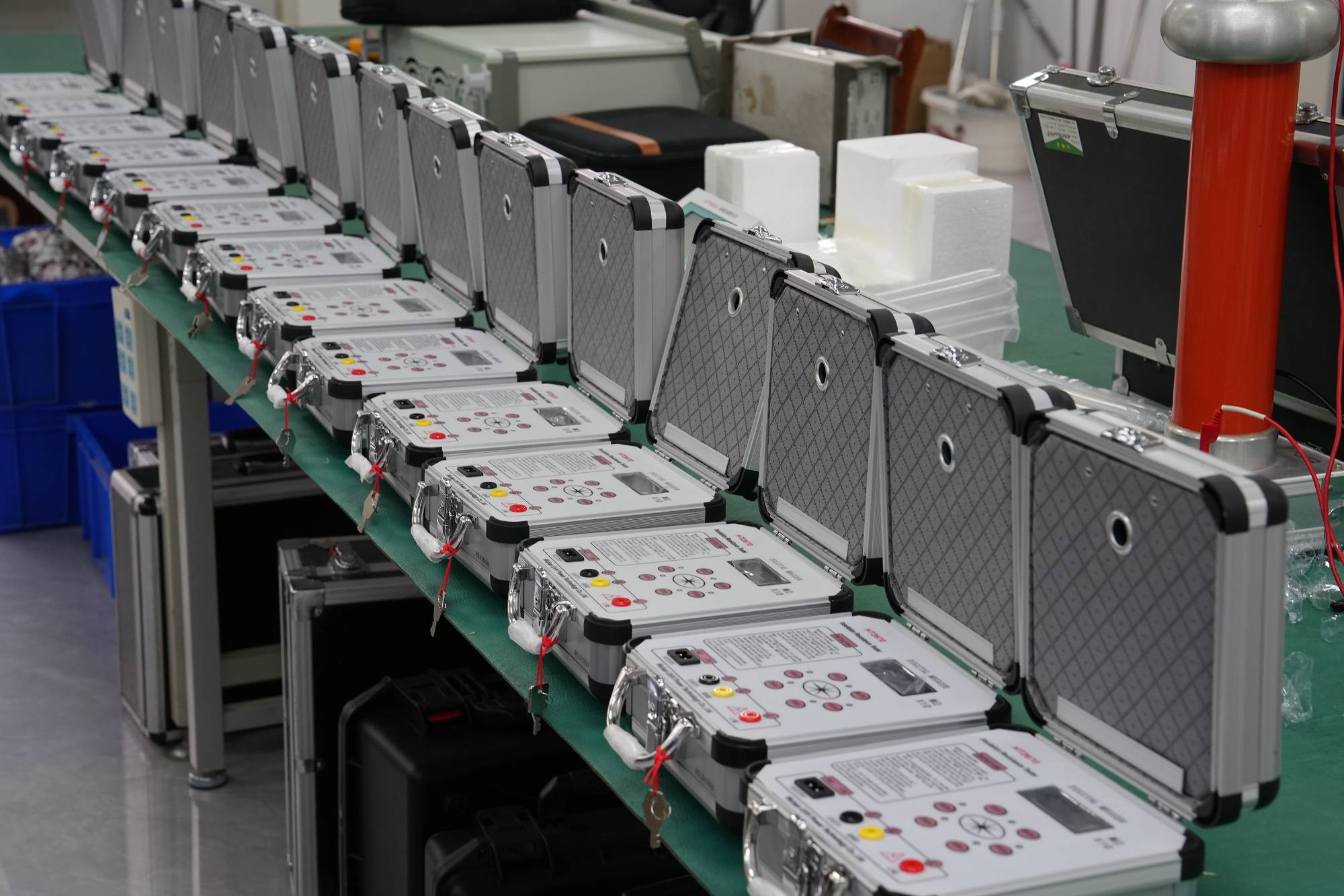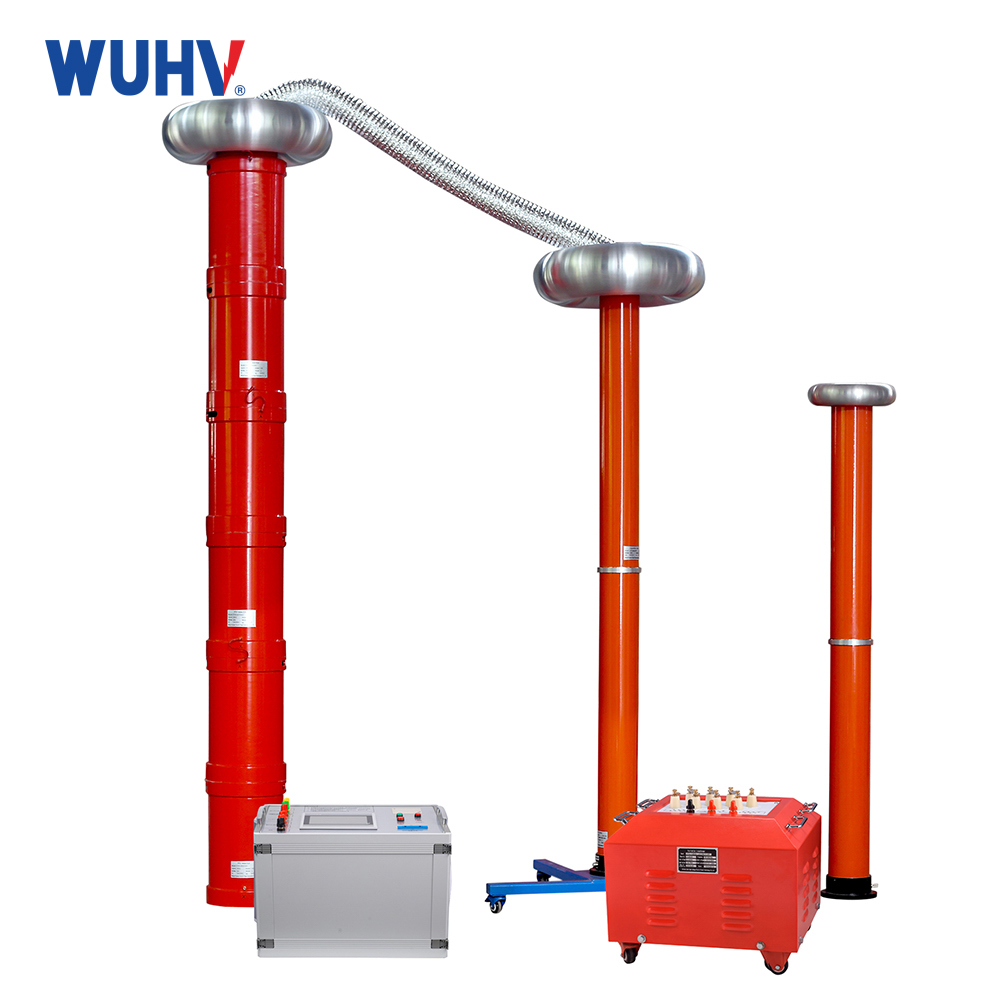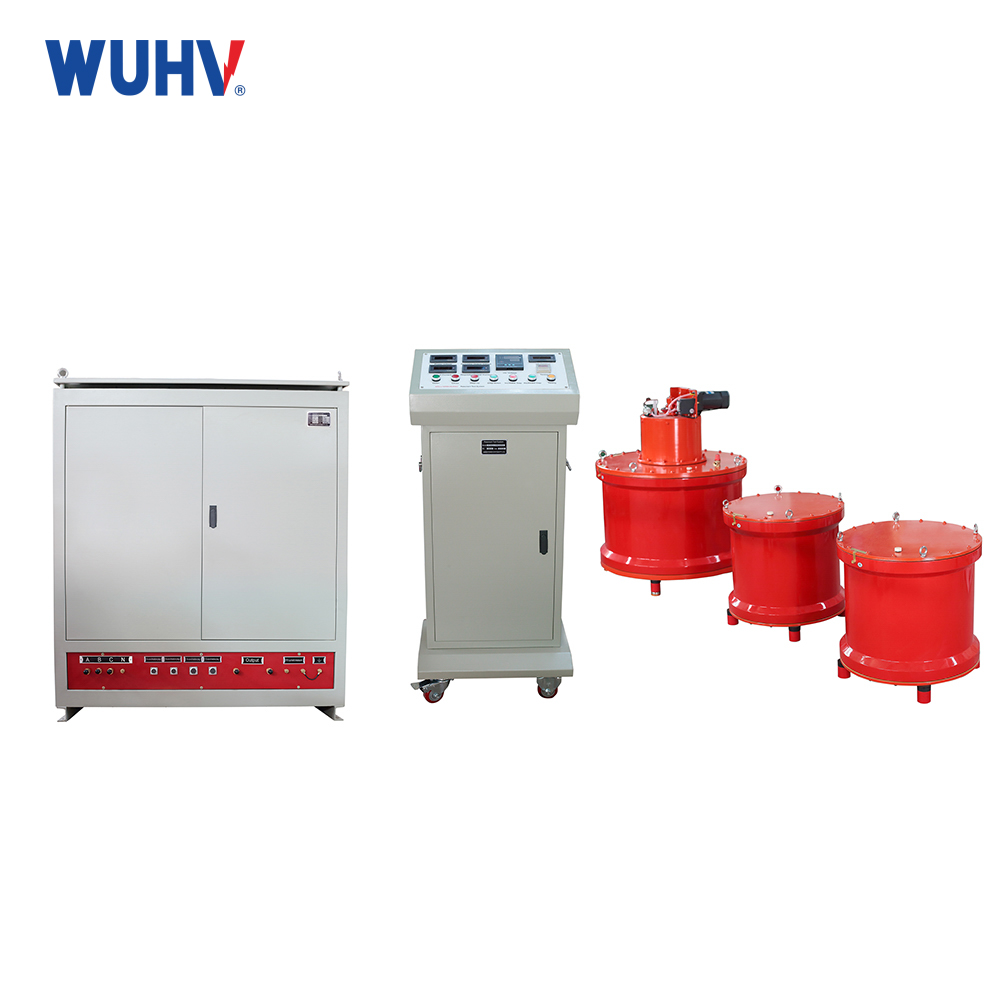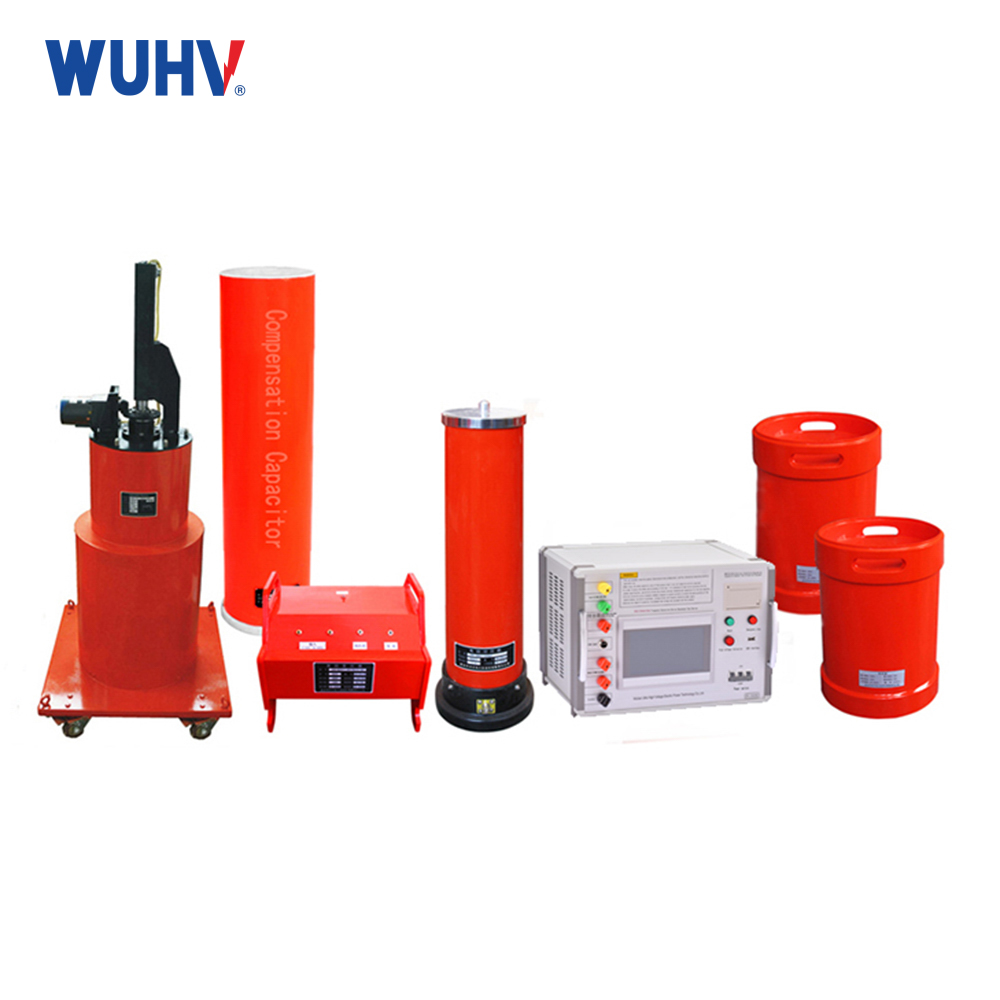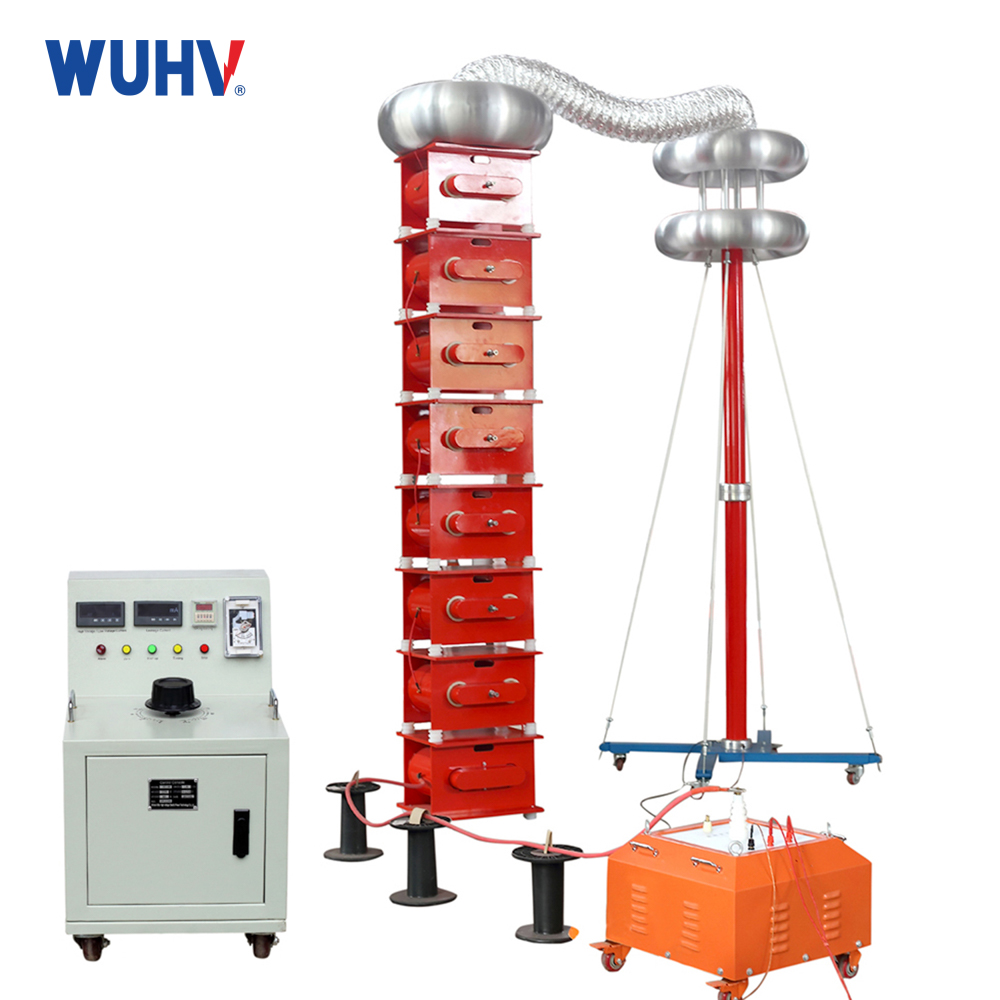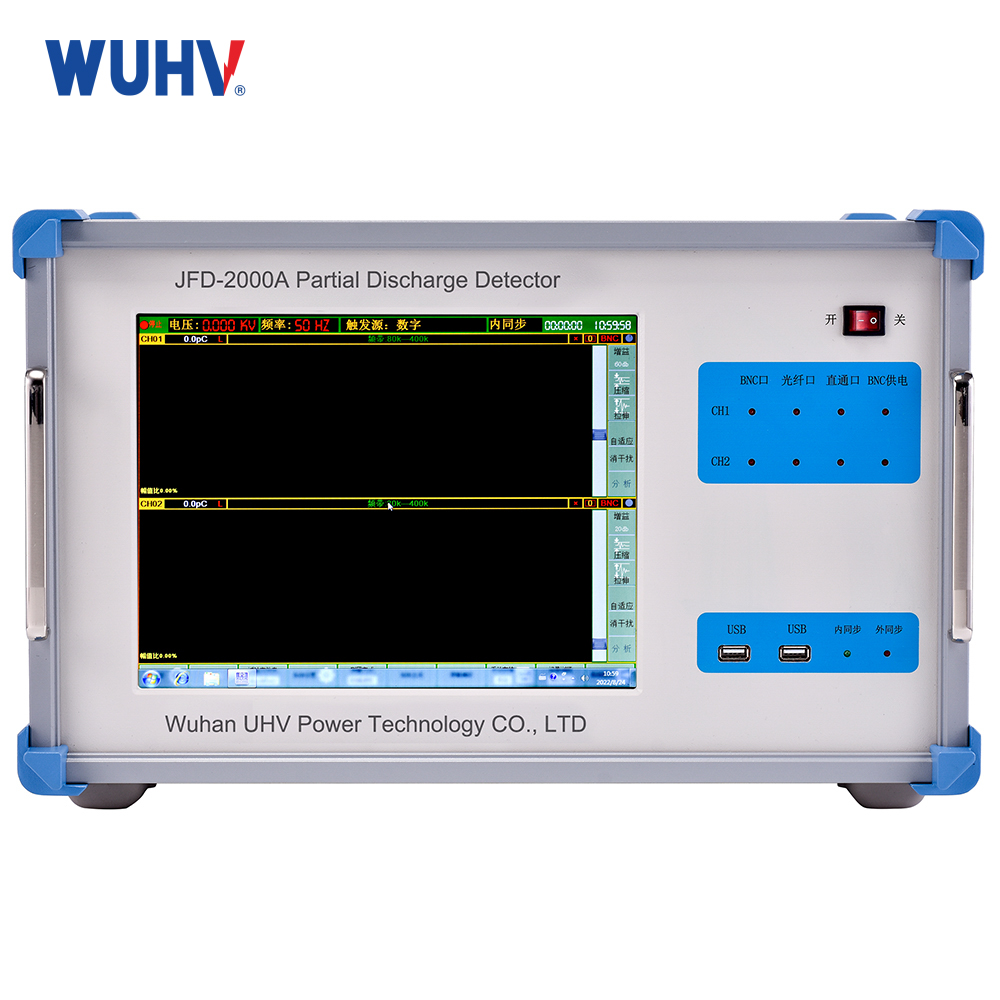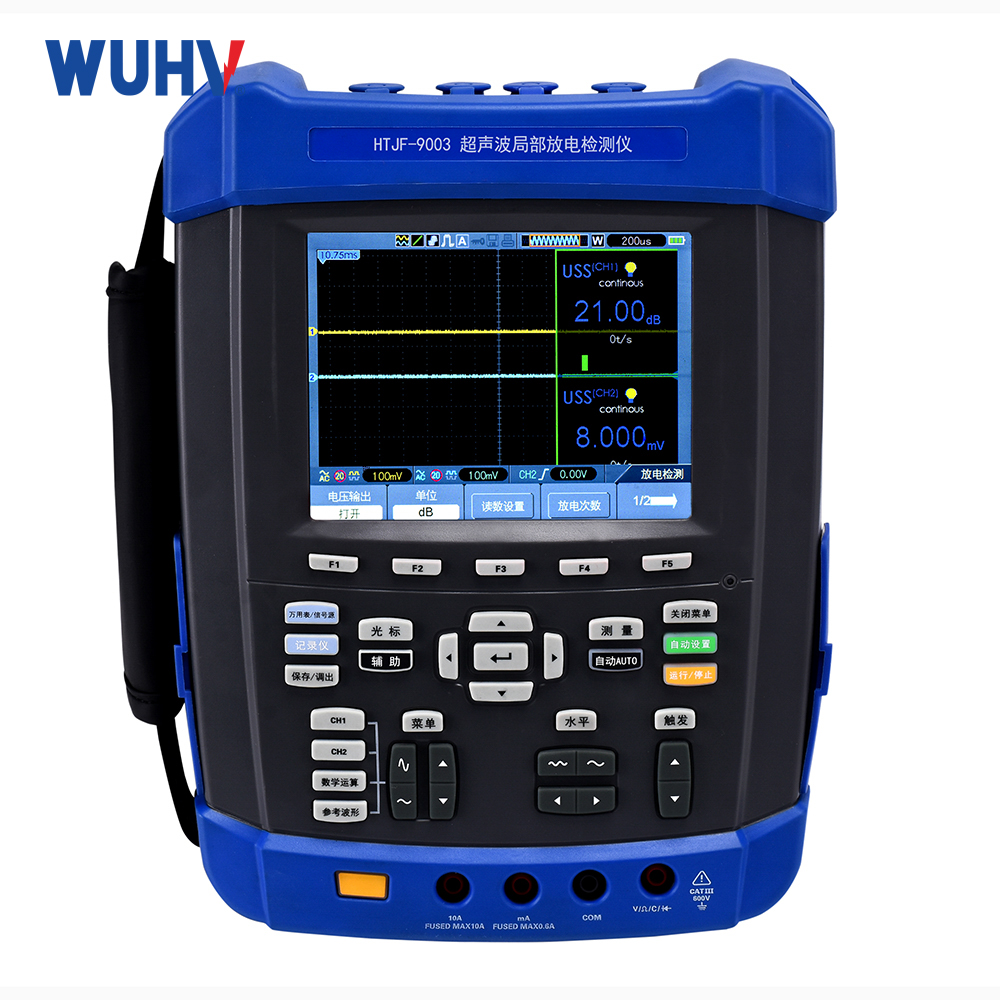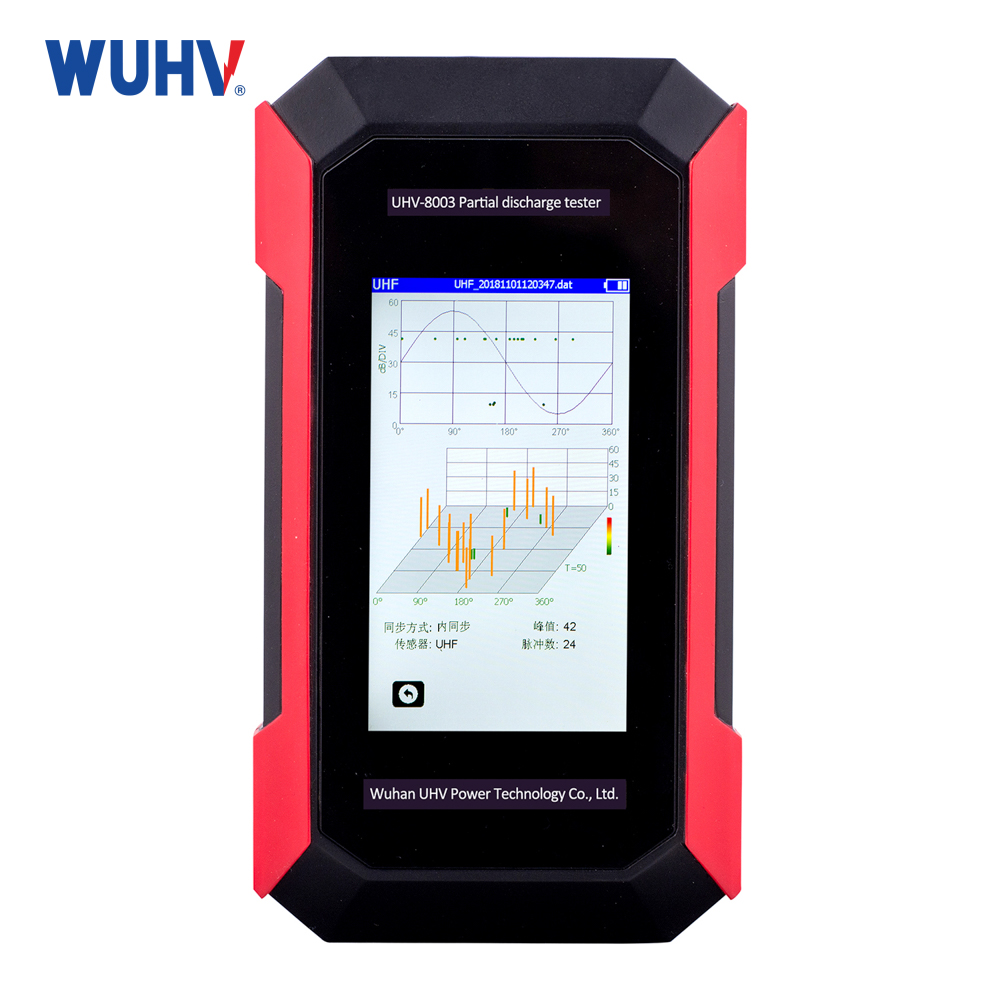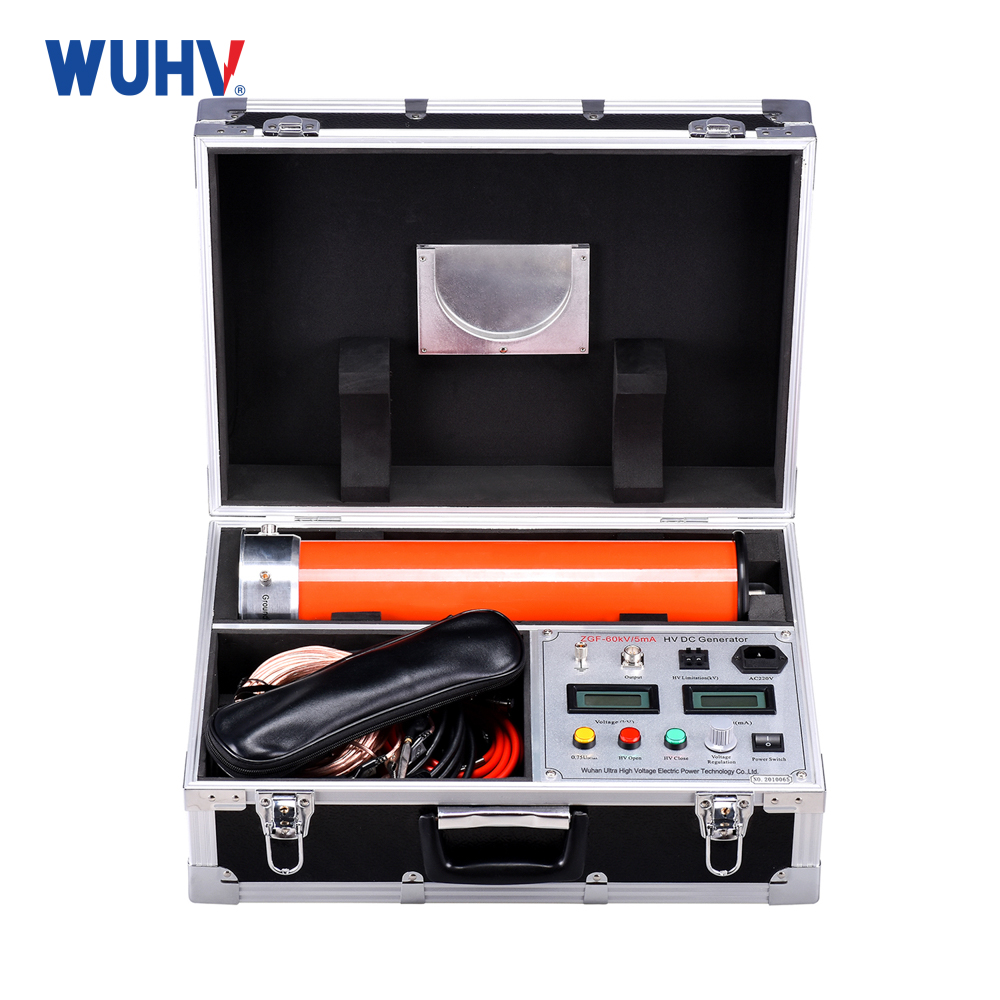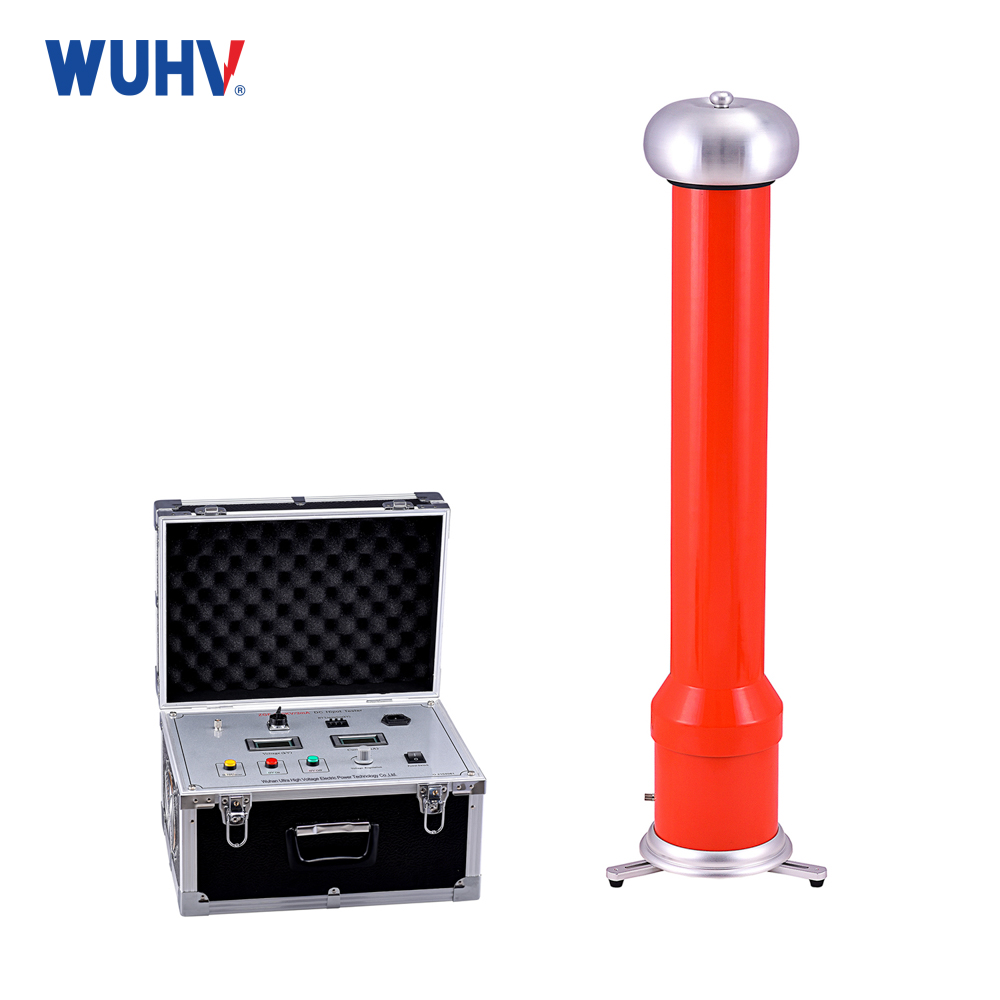The grounding resistance testerunder UHV power can help many power workers conduct various power tests more conveniently.
When the soil resistivity at the grounding point (such as rock, sand, and permafrost) is high, measures must be taken to reduce the soil resistivity in order to meet the grounding resistance requirements. These measures include
(1) Replace the soil with low resistivity black soil, clay, and sandy clay, and replace it with high resistivity soil. Generally, the soil should be replaced within 1/3 of the upper length of the grounding body and within a range of 0.5 meters around it.
(2) If the soil resistivity in the deep part of the grounding point is low, the burial depth of the grounding body can be appropriately increased. Deep burial can also ignore the effect of soil freeze-drying on the increase of electrical resistivity.
(3) External lead grounding, burying the grounding body in a low soil resistivity area nearby through metal leads.
(4) Chemical treatment involves adding slag, charcoal powder, salt and other chemical substances to the soil at the grounding point, as well as using specialized chemical resistance reducers, which can effectively reduce soil resistivity.
(5) Soil conservation measures are taken to keep the soil at the grounding point moist for a long time.
(6) Dealing with frozen soil. Add peat to the soil at the grounding point in winter to prevent soil freezing, or bury the grounding body under the building.


